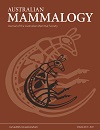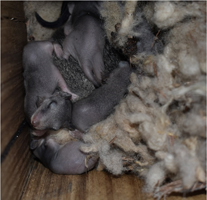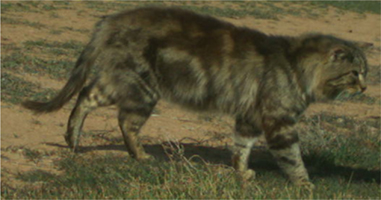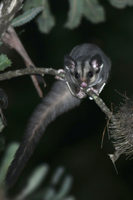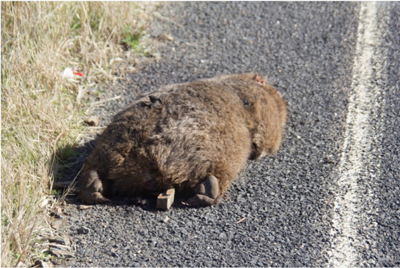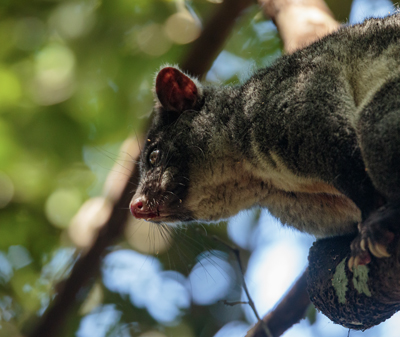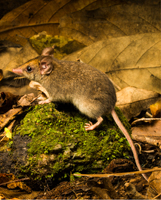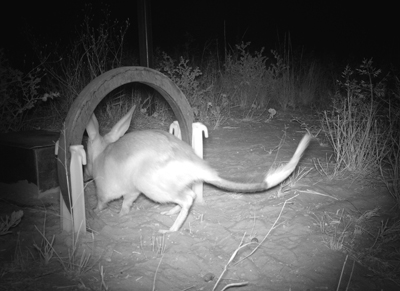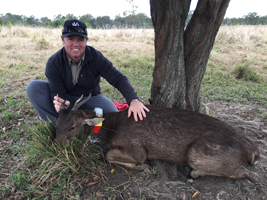AM21042Research priorities for the ghost bat (Macroderma gigas) in the Pilbara region of Western Australia
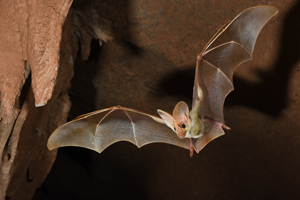
The ghost bat (Macroderma gigas) is Australia’s largest echolocating bat and one of its most distinctive. Ghost bats are under threat across northern Australia owing to activities such as mining and infrastructure development that destroys their roosts, vegetation clearing and grazing that diminishes their food resources, and the invasion of poisonous cane toads. This paper outlines research priorities for ghost bats in the Pilbara region, developed through a workshop involving scientists and representatives from the mining industry and government agencies. Photograph by Bruce Thomson.


